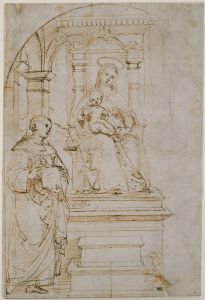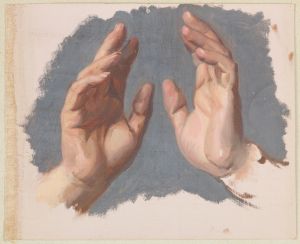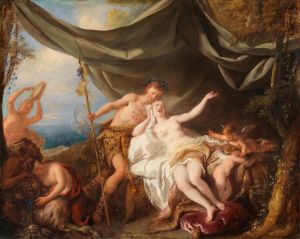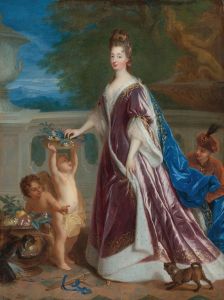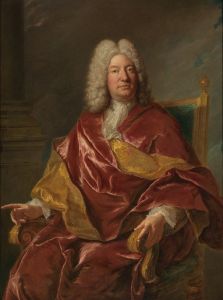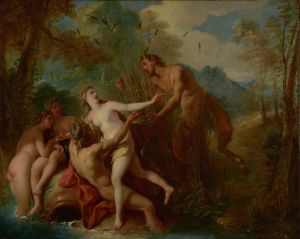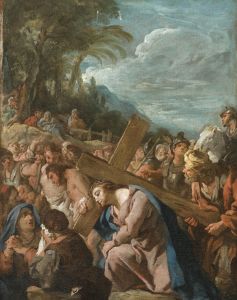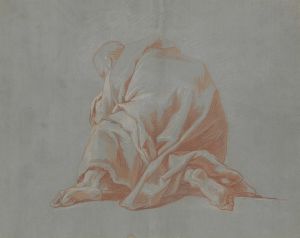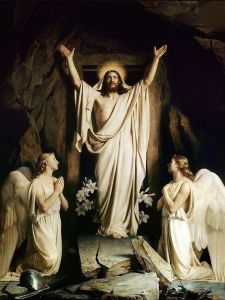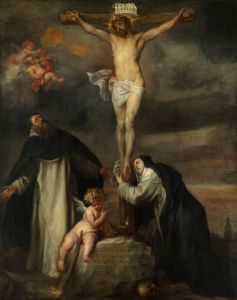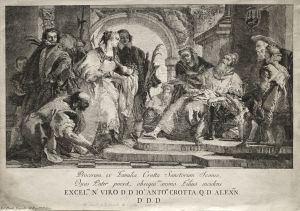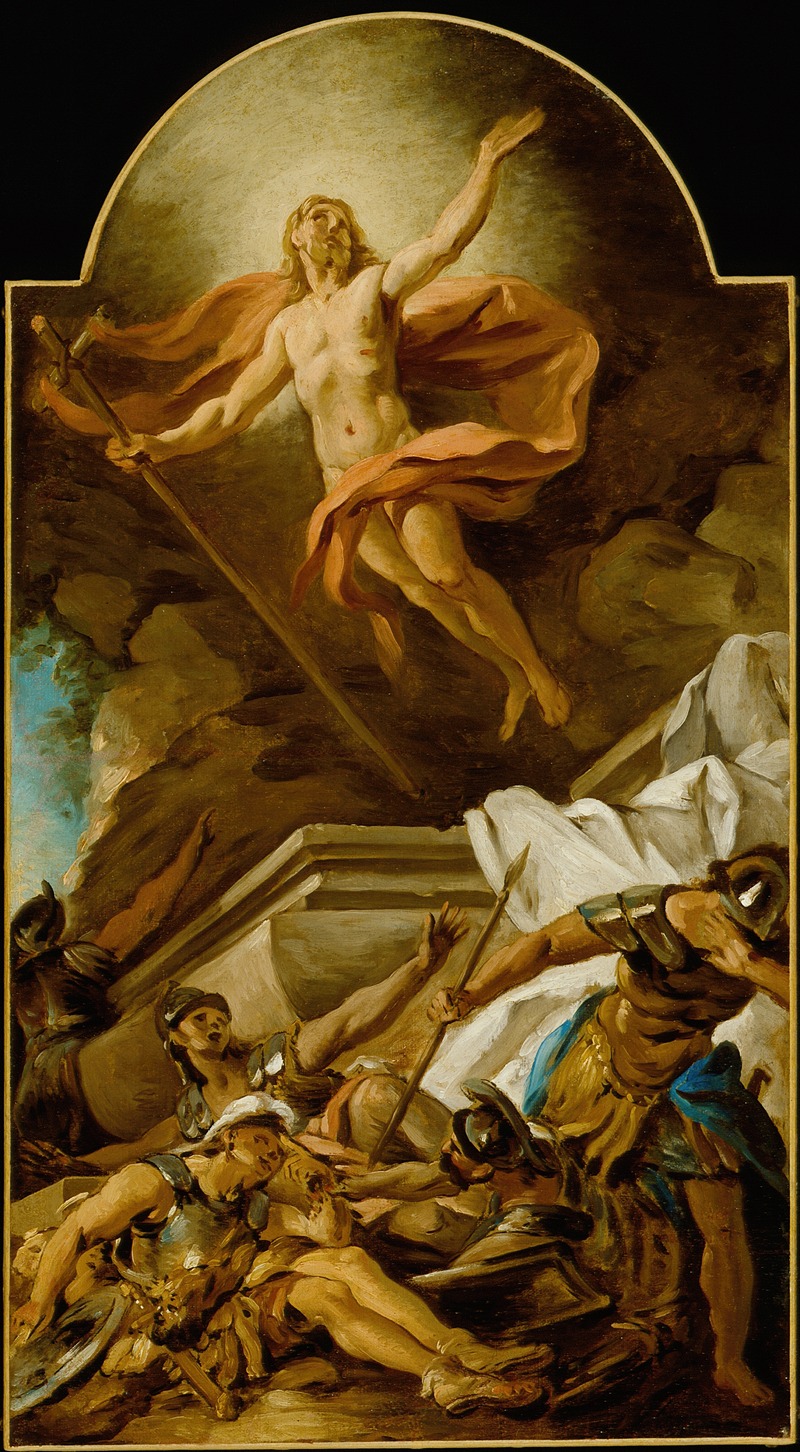
The Resurrection
A hand-painted replica of Jean-François de Troy’s masterpiece The Resurrection, meticulously crafted by professional artists to capture the true essence of the original. Each piece is created with museum-quality canvas and rare mineral pigments, carefully painted by experienced artists with delicate brushstrokes and rich, layered colors to perfectly recreate the texture of the original artwork. Unlike machine-printed reproductions, this hand-painted version brings the painting to life, infused with the artist’s emotions and skill in every stroke. Whether for personal collection or home decoration, it instantly elevates the artistic atmosphere of any space.
Jean-François de Troy was a prominent French Rococo painter and tapestry designer, known for his historical and mythological scenes, as well as his elegant depictions of contemporary life. One of his notable works is "The Resurrection," which exemplifies his skill in capturing dramatic religious themes with a refined artistic touch.
"The Resurrection" by Jean-François de Troy is a painting that depicts the biblical event of Jesus Christ rising from the dead, a cornerstone of Christian belief. This event is celebrated on Easter Sunday and is considered a pivotal moment in the New Testament. De Troy's interpretation of this scene reflects the artistic trends of the early 18th century, characterized by dynamic compositions, vibrant colors, and a focus on emotional expression.
In the painting, Christ is often portrayed emerging triumphantly from the tomb, symbolizing victory over death. The composition typically includes figures such as Roman soldiers, who are depicted in various states of shock and awe, emphasizing the miraculous nature of the event. The use of light and shadow in de Troy's work enhances the dramatic impact, drawing the viewer's eye to the central figure of Christ, who is often shown with a radiant halo or surrounded by a divine glow.
De Troy's background as a tapestry designer is evident in his attention to detail and the rich textures present in the painting. His ability to convey movement and emotion through the careful arrangement of figures and the use of flowing drapery is a testament to his mastery of the Rococo style. This style, known for its ornate and decorative qualities, is reflected in the intricate details and the overall composition of the painting.
Jean-François de Troy was born in Paris in 1679 into a family of artists. He received his artistic training under the guidance of his father, François de Troy, who was also a respected painter. Jean-François further honed his skills in Rome, where he was influenced by the works of Italian masters. Upon returning to France, he became a member of the Royal Academy of Painting and Sculpture and gained recognition for his contributions to both painting and tapestry design.
Throughout his career, de Troy's works were celebrated for their elegance and sophistication. His ability to blend classical themes with contemporary Rococo elements made his paintings popular among the French aristocracy. "The Resurrection" is a prime example of how de Troy successfully merged religious subject matter with the stylistic preferences of his time.
While specific details about the commission or the current location of "The Resurrection" by Jean-François de Troy may not be readily available, the painting remains an important part of his oeuvre. It reflects the broader cultural and artistic movements of 18th-century France and showcases de Troy's talent in bringing biblical narratives to life with a unique Rococo flair.
In summary, "The Resurrection" by Jean-François de Troy is a testament to the artist's ability to capture the essence of a significant religious event through the lens of Rococo artistry. His work continues to be appreciated for its technical skill, emotional depth, and the way it encapsulates the spirit of its time.





